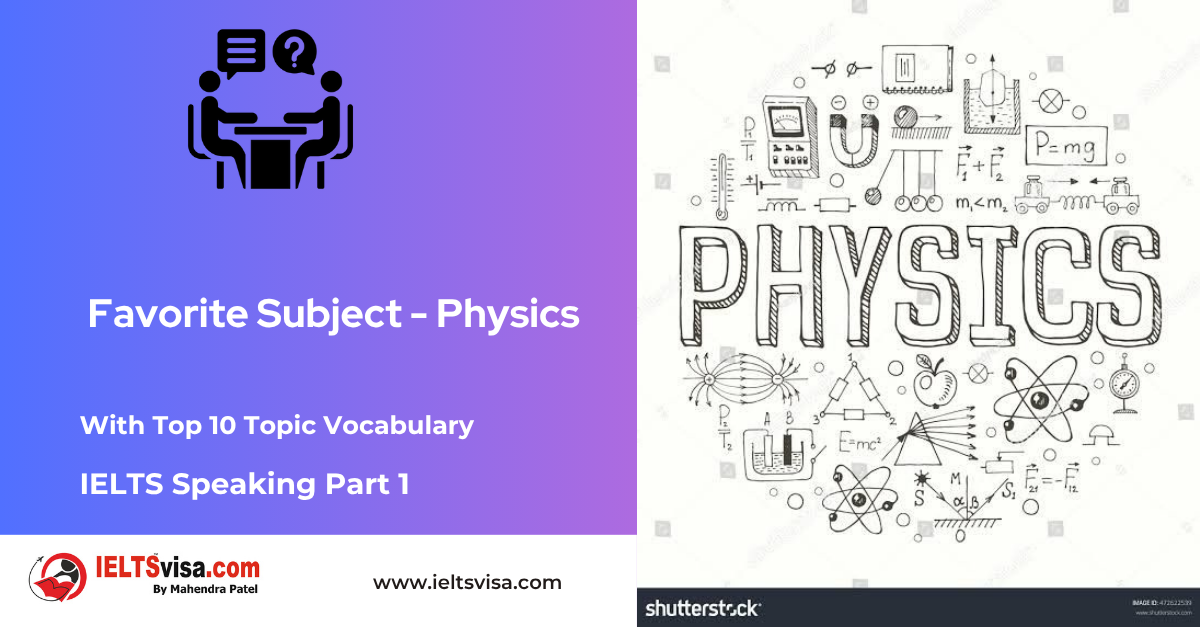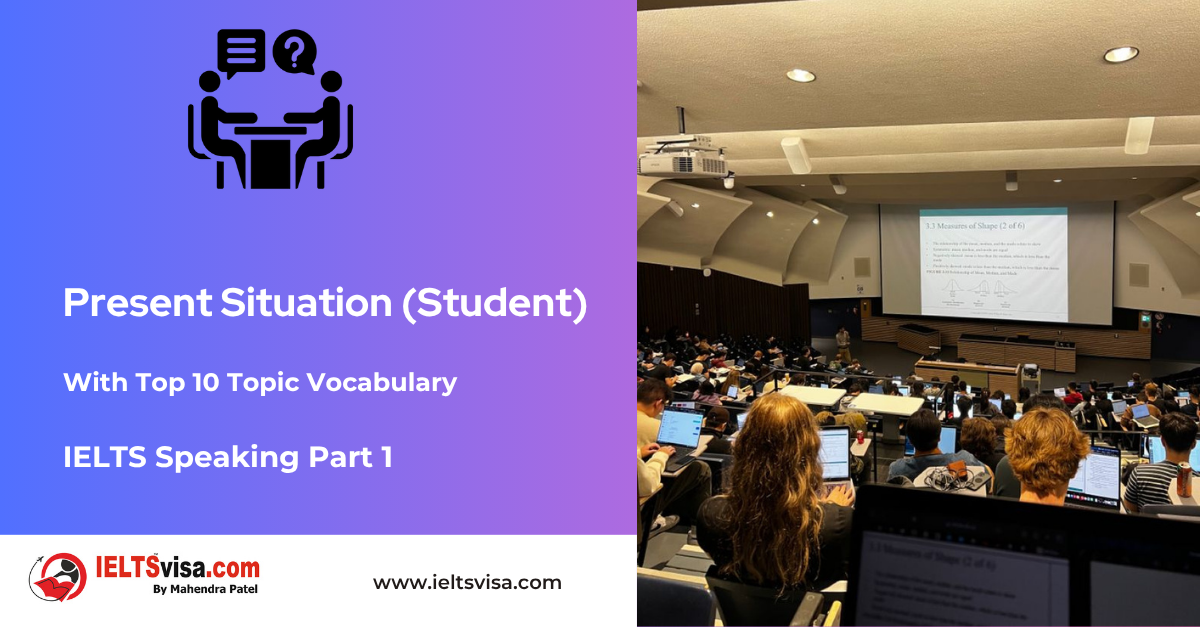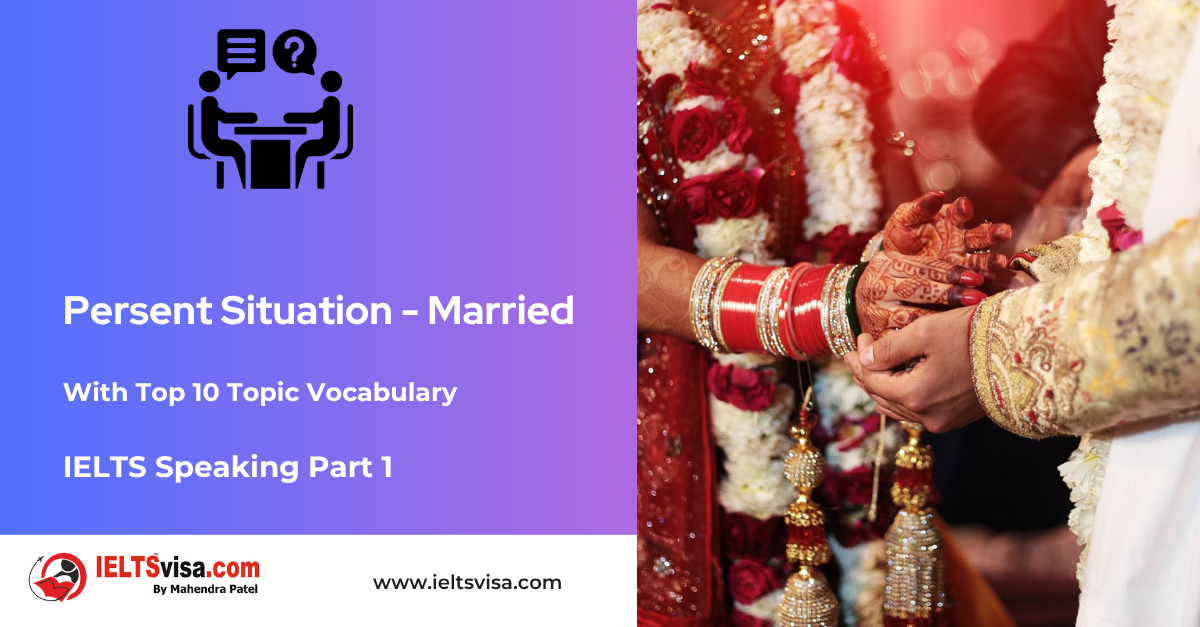Personal Pronouns
Grammar for IELTS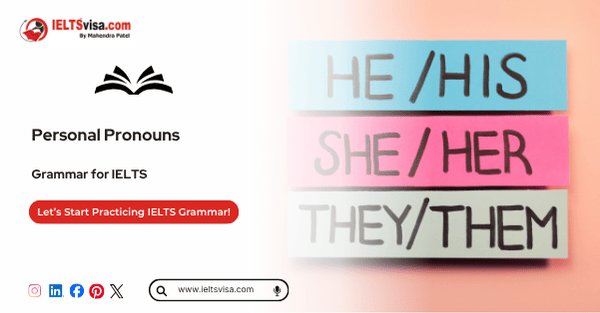
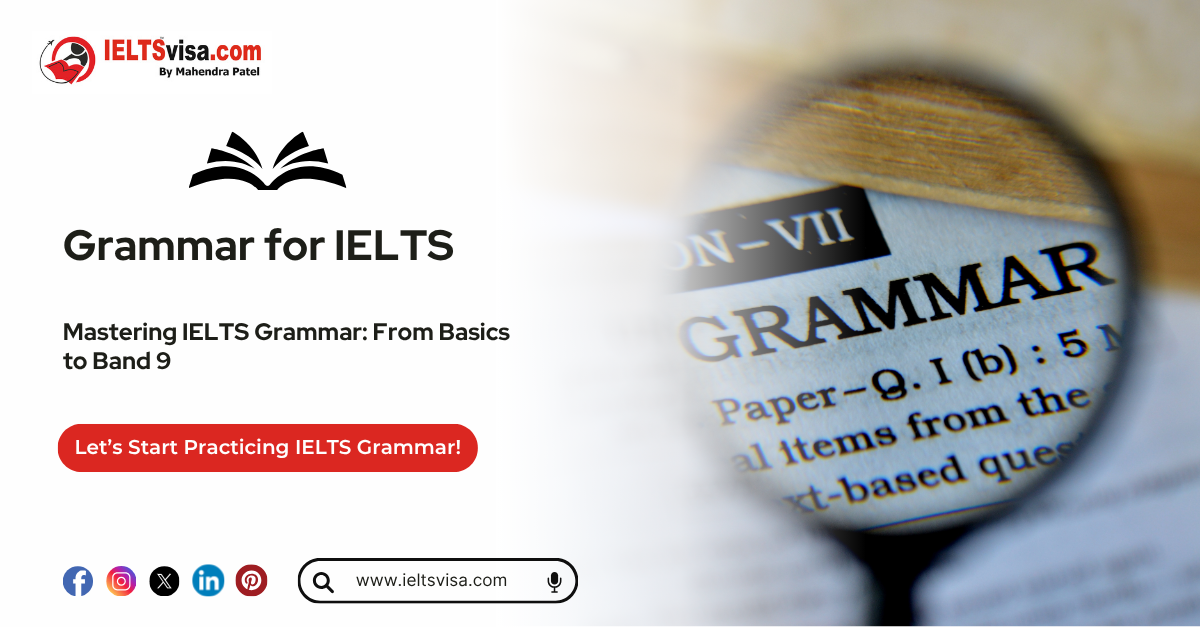
Personal Pronouns : Definition, Usage, and Examples
In English grammar, personal pronouns play a vital role in communication by replacing nouns to avoid repetition and make sentences clearer. These pronouns are essential for building sentences that are both concise and engaging. Whether you’re a beginner or someone looking to refine your English skills, understanding personal pronouns will greatly enhance your language proficiency.
Table of Contents
1. What Are Personal Pronouns?
2. Definition of Personal Pronouns
3. Examples of Personal Pronouns
4. Rules and Usage of Personal Pronouns
-
-
-
- Using Gender-Neutral Personal Pronouns
- The Singular and Plural ‘You’
- ‘They’ and ‘Them’ for Neutral References
- Subject Pronouns vs. Object Pronouns
- Common Mistake: ‘Me’ vs. ‘I’
-
-
5. Check Your Understanding of Personal Pronouns
6. Frequently Asked Questions on Personal Pronouns
What Are Personal Pronouns?
Personal pronouns are words used to replace specific nouns, often referring to people, places, or things that have already been mentioned in the conversation or context. These pronouns reflect the person (first, second, or third), number (singular or plural), and sometimes gender of the noun they replace.
Definition of Personal Pronouns
According to the Cambridge Dictionary, a personal pronoun is “a word such as ‘I,’ ‘you,’ and ‘they,’ that refers to a person in speech or writing.”
The Merriam-Webster Dictionary defines personal pronouns as “a pronoun (such as I, you, or they) that expresses a distinction of person.”
The Collins Dictionary adds, “Personal pronouns are words like ‘I,’ ‘you,’ ‘she,’ or ‘they,’ used to refer to the speaker, the person spoken to, or someone or something already mentioned.”
Examples of Personal Pronouns
Personal pronouns are categorized into three main types based on the grammatical person:
First Person Pronouns
Refers to the speaker or writer.
-
- Singular: I, me
- Plural: We, us
Second Person Pronouns
Refers to the person being addressed.
-
- Singular and Plural: You
Third Person Pronouns
Refers to someone or something being talked about.
-
- Singular: He, she, it, him, her
- Plural: They, them
Examples in Sentences:
1. First Person:
-
- I love reading books.
- Please give this to us.
2. Second Person:
-
- You are doing a great job.
- Did you complete your assignment?
3. Third Person:
-
- She went to the market.
- They are coming to the party.
Rules and Usage of Personal Pronouns
1. Using Gender-Neutral Personal Pronouns
In cases where gender is not specified or needs to be neutral, use “they” or “them” as singular pronouns.
Example:
-
- Everyone should bring their notebook.
- Someone left their umbrella here.
2. The Singular and Plural ‘You’
The word “you” can function as both singular and plural. Context determines whether it refers to one person or multiple people.
Examples:
-
- Singular: You are a talented artist.
- Plural: You all did a great job on the project.
3. ‘They’ and ‘Them’ for Neutral References
“They” and “them” are commonly used when the gender of the person being referred to is unknown or irrelevant.
Examples:
-
- Someone called earlier, but they didn’t leave a message.
- Ask them if they need help.
4. Subject Pronouns vs. Object Pronouns
Subject pronouns are used as the subject of a sentence, while object pronouns receive the action in a sentence.
Examples:
Subject Pronouns: I, you, he, she, it, we, they
-
-
- I love to travel.
- They went to the park.
-
Object Pronouns: Me, you, him, her, it, us, them
-
-
- Can you help me?
- The teacher praised them for their work.
-
5. Common Mistake: ‘Me’ vs. ‘I’
Many learners confuse me and I. Here’s a simple rule:
-
- Use I as the subject of the sentence.
- Use me as the object of the sentence.
Examples:
-
- Incorrect: Me and Sarah went to the mall.
- Correct: Sarah and I went to the mall.
- Incorrect: The teacher gave the assignment to I.
- Correct: The teacher gave the assignment to me.
Check Your Understanding of Personal Pronouns
Substitute the underlined words in the following sentences with suitable personal pronouns:
1. Maria and John went to the store.
2. The dog barked at the mailman.
3. My brother and I are going to the park.
4. Emily gave the gift to Sarah and me.
5. The children are playing in the garden.
Answers:
1. They went to the store.
2. It barked at the mailman.
3. We are going to the park.
4. Emily gave the gift to us.
5. They are playing in the garden.
Frequently Asked Questions on Personal Pronouns
Q1. What are personal pronouns?
Personal pronouns are words like I, you, he, she, it, we, and they that replace specific nouns to avoid repetition.
Q2. What is the purpose of personal pronouns?
They simplify sentences by replacing repeated nouns and indicating grammatical person, number, and gender.
Q3. Can ‘they’ be used as a singular pronoun?
Yes, “they” can be used as a singular pronoun when referring to someone whose gender is unknown or to maintain gender neutrality.
Q4. What is the difference between subject and object pronouns?
Subject pronouns perform the action in a sentence, while object pronouns receive the action.
Q5. Give some examples of personal pronouns in sentences.
-
- I love reading. (Subject Pronoun)
- Please help me. (Object Pronoun)
- They are coming over for dinner.

Our Books
Master IELTS Speaking Part 1
IELTS Writing Task 1 Book
IELTS Writing Task 2 Book
Practice IELTS Other Modules
IELTS Listening
The IELTS Listening test assesses how well you can understand spoken English in various contexts. It lasts about 30 minutes and is divided into four sections with a total of 40 questions. The listening tasks become increasingly difficult as the test progresses.
IELTS Academic Reading
The IELTS Academic Reading section assesses your ability to understand and interpret a variety of texts in academic settings. It is designed to evaluate a range of reading skills, including skimming for gist, reading for main ideas, reading for detail, understanding inferences, and recognizing a writer's opinions and arguments.
IELTS Speaking
The IELTS Speaking test assesses your ability to communicate in English on everyday topics. It lasts 11-14 minutes and consists of three parts: introduction, cue card, and a discussion based on the cue card topic.
IELTS General Reading
IELTS General Reading tests your ability to understand and interpret various types of texts. Here are some key areas and types of content you can expect to encounter in the reading section, along with tips for effective preparation.
IELTS Academic Writing Task 1
In IELTS Academic Writing Task 1, you are presented with a visual representation of information, such as graphs, charts, tables, or diagrams, and you are required to summarize, compare, or explain the data in your own words.
IELTS General Writing Task 1
In IELTS General Writing Task 1, you are required to write a letter based on a given situation. The letter can be formal, semi-formal, or informal, depending on the prompt. Here’s a breakdown of the key components to include in your letter
IELTS Academic Writing Task 2
In IELTS Academic Writing Task 2, you are required to write an essay in response to a question or topic. Here’s a guide to help you understand the essential elements of this task
IELTS Exam Tips
To succeed in the IELTS exam, practice regularly, familiarize yourself with the test format, improve your vocabulary, develop time management skills, and take mock tests to build confidence.
Grammer for IELTS
Grammar is the foundation of effective communication in English. Understanding tense usage, subject-verb agreement, and sentence structure enhances clarity and coherence in writing and speaking.
Vocabulary for IELTS
Vocabulary plays a crucial role in the IELTS (International English Language Testing System) exam, especially in the Speaking and Writing sections. Here’s an overview of why vocabulary is important and how it impacts your performance
RECENT IELTS SAMPLES QUESTIONS AND ANSWERS
IELTS Speaking Part 1 – Favourite Sujbect – Physics
IELTS Speaking Part 1 - Favourite Sujbect - Physics Q: What is your favourite subject? A: My favourite subject...
IELTS Speaking Part 1 – Present Situation (Student)
IELTS Speaking Part 1 - Present Situation (Student) Q1: Are you a student or do you work?A: I’m a full-time...
IELTS Speaking Part 1 – Present Situation – Employee – as an International Student and Social Worker
IELTS Speaking Part 1 - Present Situation - Employee - as an International Student and Social Worker Q1: Are...
IELTS Speaking Part 1 – Persent Situation – Employee- as an Electric Engineer
IELTS Speaking Part 1 - Persent Situation - Employee- as an Electric Engineer Q1: What do you do for a...
IELTS Speaking Part 1 – Persent Situation – Employee – as an Software Engineer
IELTS Speaking Part 1 - Persent Situation - Employee - as an Software Engineer Q1: What do you do for a...
IELTS Speaking Part 1 – Persent Situation – Married
IELTS Speaking Part 1 - Persent Situation - Married Q1: Are you married?A: Yes, I am married. My spouse and I...

